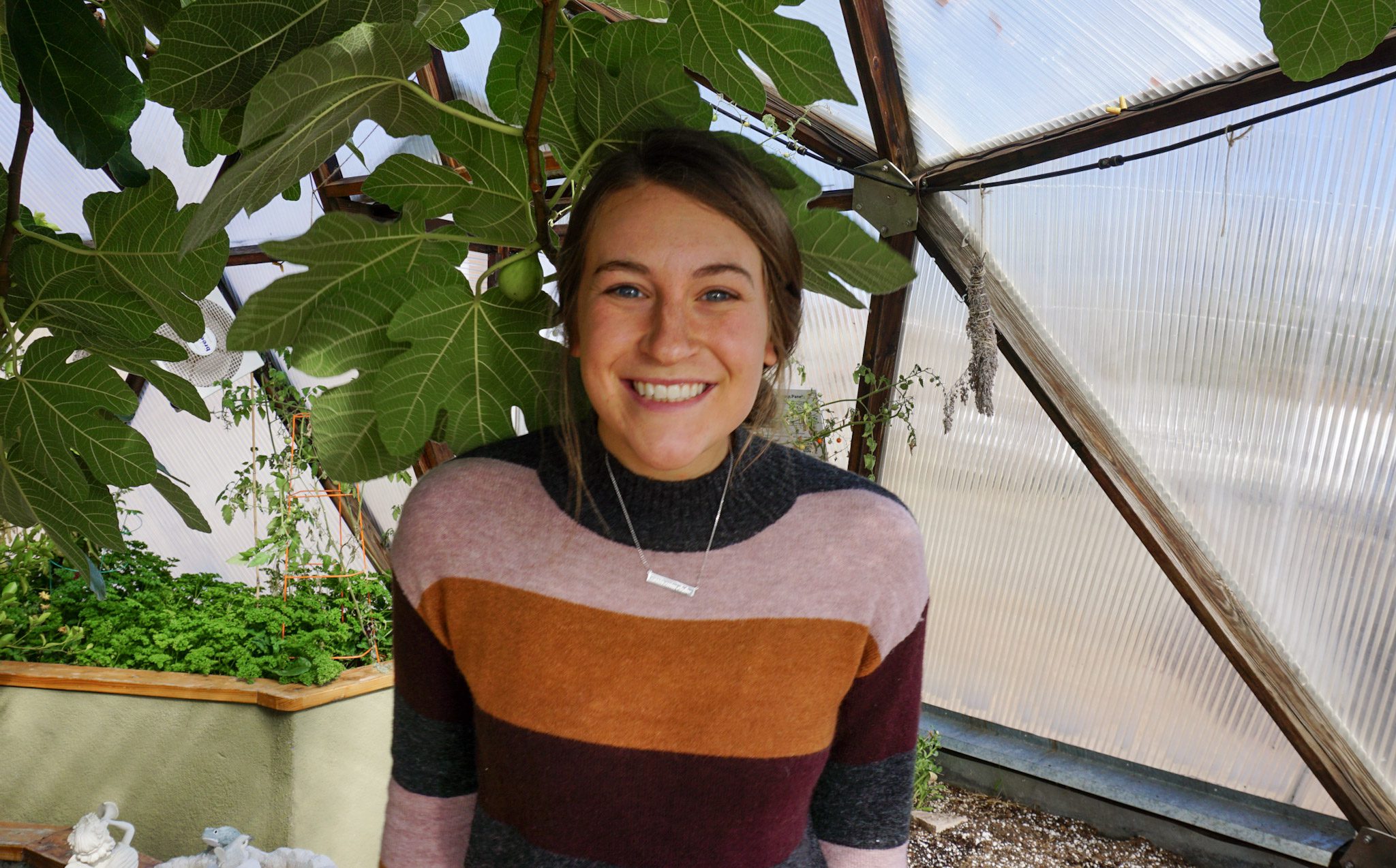
Like many in our Growing Dome community, Laurel and Will Biedermann’s Growing Dome adventure started with a dream. A dream for a more sustainable, self-sufficient lifestyle. In 2016, Laurel and Will retired from city life in Colorado Springs and relocated to the small mountain town of Coaldale, Colorado, to begin their self-sufficient journey and off-grid gardening.
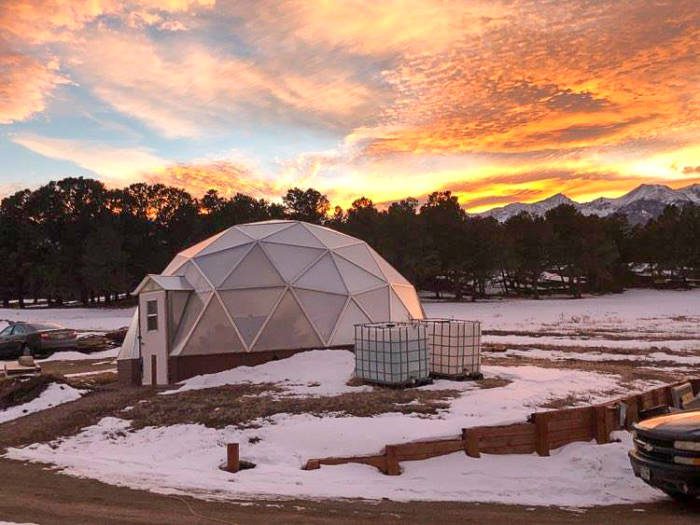
They kicked off their new lifestyle by building a home of recycled wood palettes, and soon after, they found themselves purchasing a 26’ Growing Dome to protect their food from the high winds and extend their short growing season.
“We had been collecting photos of Growing Domes for several years. There are so many in and around where we live. We knew that someday we would have one, and now we love it. It was worth every penny. If there were ever a tornado in Colorado, we would head straight into the Dome. It’s the safest place on the property, even in 160 mph winds.
Off-Grid Gardening with no Heat
Thanks to the active and passive solar power provided by the Growing Dome, Laurel and Will have been growing food year-round off-grid. Since beginning gardening in the Dome in 2017, they have never used electricity or supplemental heat, even when temperatures drop below freezing outside.

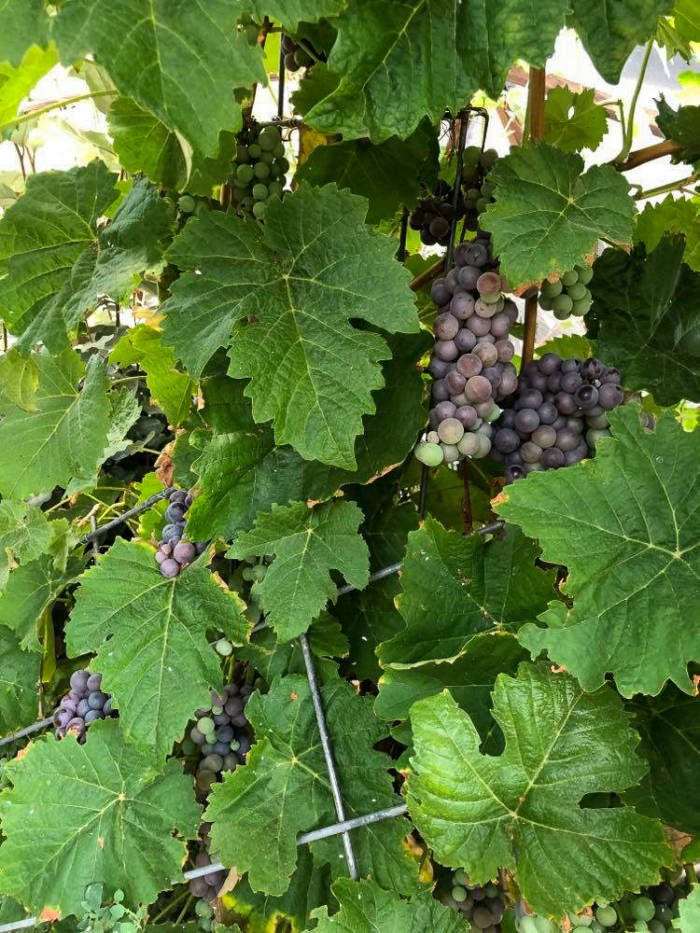


Today, you can find all sorts of things flourishing in their off-grid garden. They have particularly succeeded in growing perennials and exotic fruits such as lemons, mandarin oranges, limes, and a jungle of grapevines.
One plant Laurel and Will were particularly proud of is their Azerole. Azerole is a species of hawthorn native to the Mediterranean Basin that produces plump fruit. They taste “like an apple mixed with a pear. We purchased ours from One Green World Nursery.”
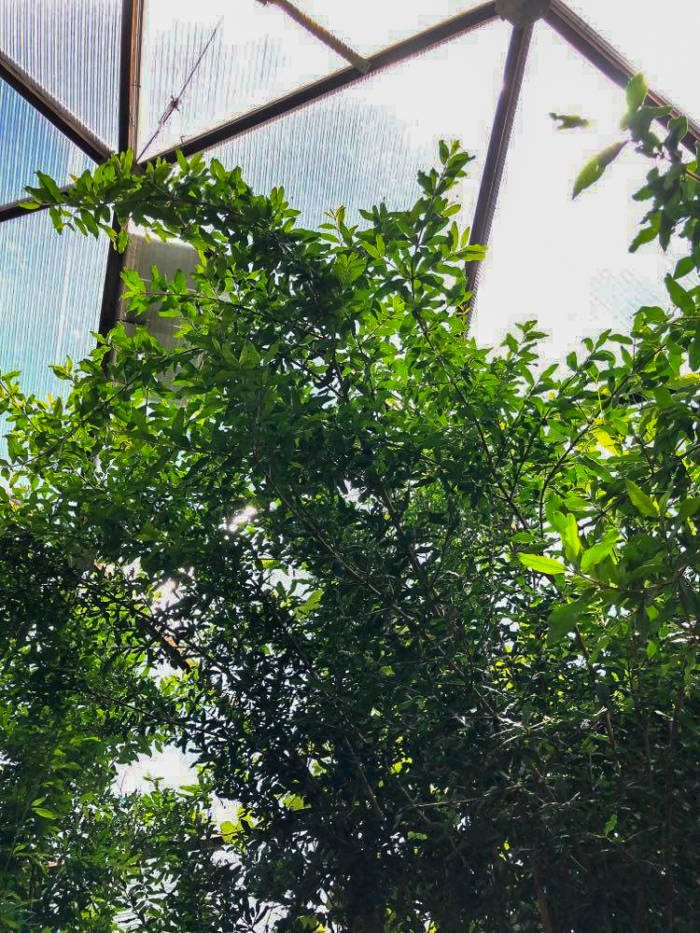
Laurel also has a giant pomegranate shrub. Sadly it has yet to produce fruit, but she plans to let it grow one more year and try her luck with hand pollination.
“We tried tomatoes one year, but they were just TOO successful. They took over the greenhouse, and we ate tomatoes for days. If we did it again, we would have to plant less. Eight plants were just too many. It was a tomato massacre.” We recommend starting with one or two tomato plants in your Growing Dome because they thrive in the greenhouse environment and can grow to be quite massive.


Vermicomposting in an Off-Grid Garden
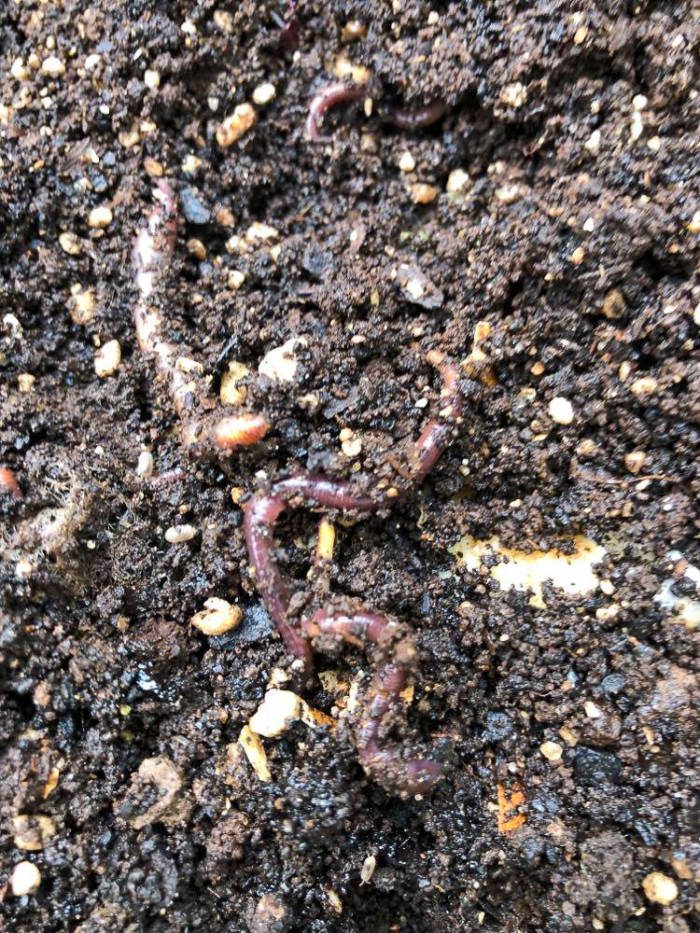
Laurel attributes a lot of her success to vermicomposting and healthy soil. When they first started, they filled their raised beds with sterile soil mix as Growing Dome owner Claudia Stover recommended it on a tour of her greenhouses. Although it is less likely to bring in disease and weeds, Laurel found that her plants preferred soil with high organic matter content. Now, their raised garden beds are filled with a bazillion worms and fertile soil.
Starting their vermicompost was fairly easy. “We began with a good topsoil mix and $60 worth of worms. All I have to do is take our compost from the kitchen out to the greenhouse and mix it in. The worms eat our garbage piles.”
Laurel uses white PVC pipes to mark the areas where she has recently placed compost so she doesn’t dig it up again the next time.
Relaxing & Grafting Apple Trees
Laurel and Will take full advantage of their greenhouse space. They use the empty area in the center of their keyhole beds as a space for relaxation, enjoying a steaming cup of joe, jamming out (“the greenhouse has great acoustics”), and even the occasional greenhouse sleepover when guests come by to visit.
In early spring, when it is still chilly outside, they use the available space for heritage apple tree grafting. Grafting involves taking a scion or bud chip cut from the desired parent tree (for example, a Granny Smith apple tree) and physically placing it onto a compatible rootstock.

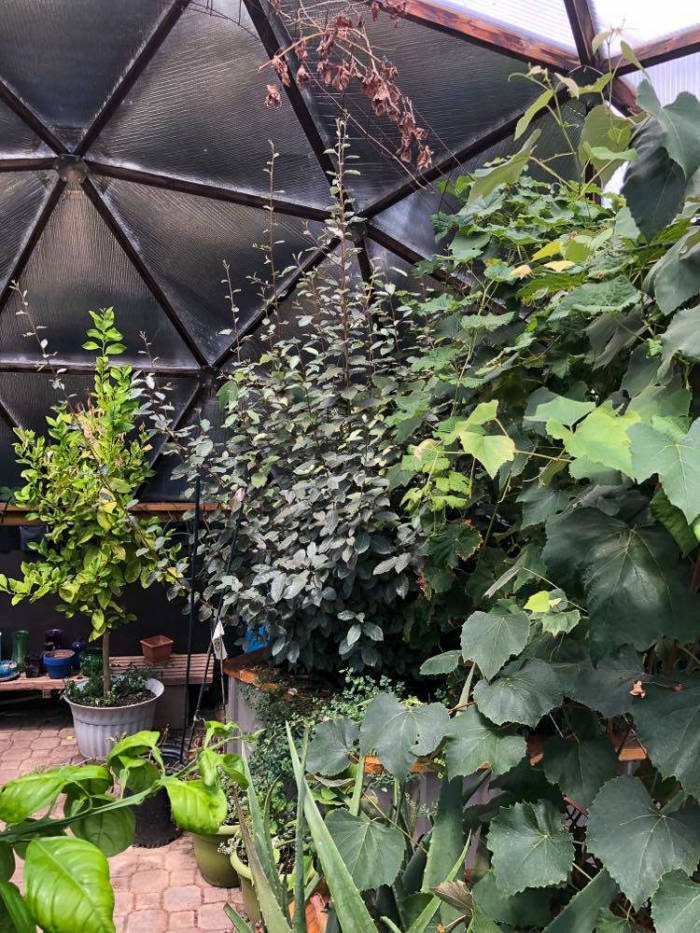

Newly grafted trees are extra susceptible to pests and sensitive to frost. “The greenhouse is the perfect incubator for a newly grafted tree. We have used it to graft and grow over 30 heritage apple trees to plant on our property.”
Will and Laurel have made great strides to sustainable living, but they have not stopped with the Growing Dome. They have done many DIY projects like using recycled Home Depot shelves to create a garden fence, and they have many more on their list, including a rainwater collection system for the greenhouse. You can connect with them in our Growing Dome Enthusiasts Facebook group for more information on their off-grid gardening experience.
Other articles you might enjoy: Survival Gardening with a Growing Dome Greenhouse, Organic Pest Management, and How to Get Rid of Pillbugs.
You can find all of our Featured Growing Dome’s highlighted in our monthly newsletter “The Happy Grower,” on our social media platforms (Facebook and Instagram), and in our blog. At the end of the year, we create an annual calendar that includes every Dome of the Month. We send them to all Dome of the Month participants, along with a gift of Growing Spaces gardening goodies! Apply here.
Join the Inner Circle
An exclusive place for year-round gardeners. Join us to receive our monthly newsletter, “The Happy Grower”. In our newsletter we provide community stories, event updates, expert gardening tips, and exclusive offers.
